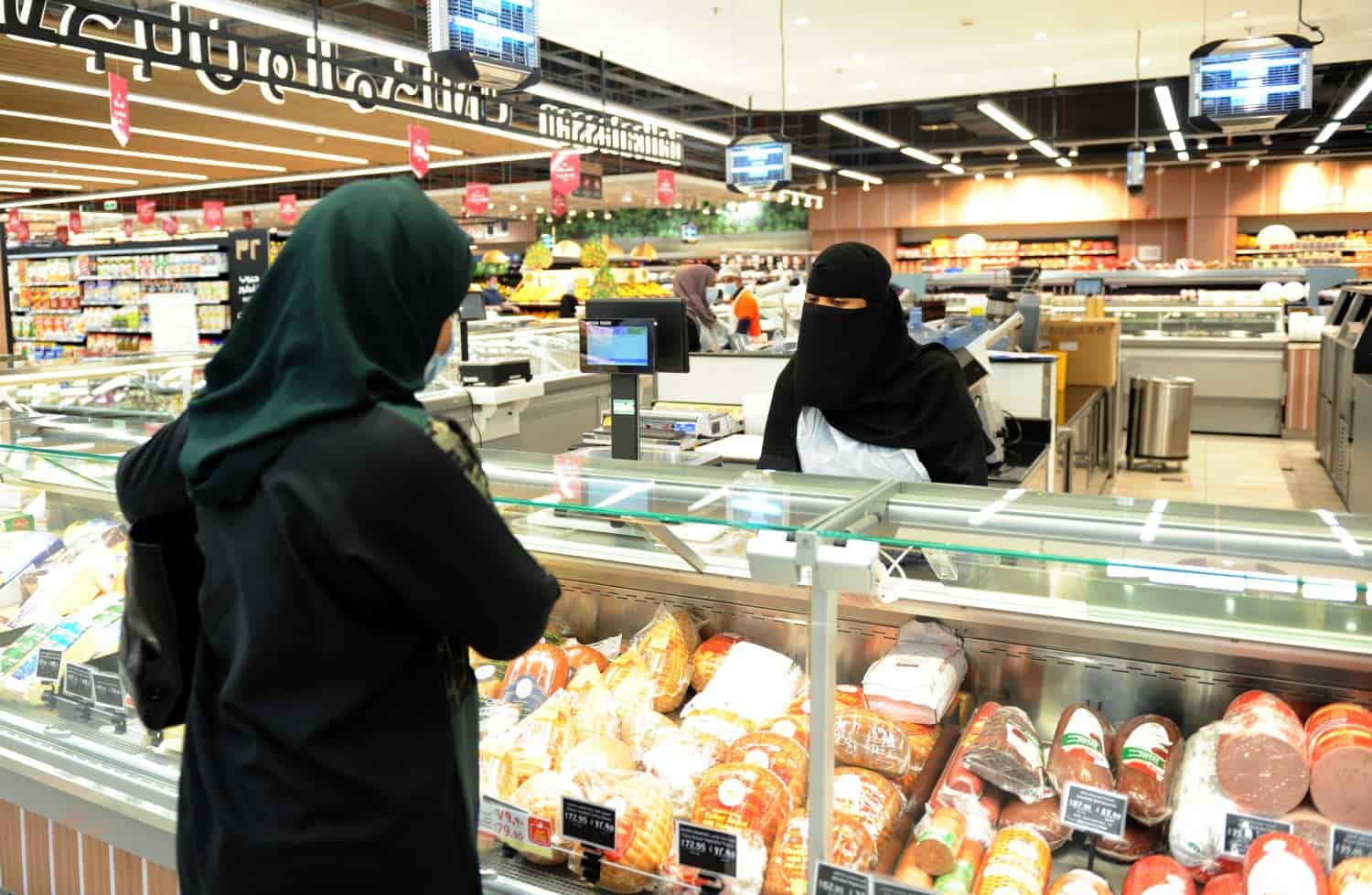DUBAI, UAE — The UAE’s retail sales will reach US$70.5 billion by 2025, registering an annual growth rate of 6.6 percent, according to a report by the Dubai Chamber of Commerce and Industry.
In Saudi Arabia, the retail market is expected to grow by up to three times its current value by 2030, making it the second largest contributor to the country’s non-oil GDP.
GCC’s 2022 performance
The higher consumer spending in the GCC countries in 2022 has resulted in a sales surge for high-end stores, Atul Hegde, founder of the YAAP, said.

“it would not be far-fetched to expect the luxury segment to hit the earlier valuation target of US$ 11 billion by 2023,” Hegde said in an interview with TRENDS. “Moreover, the fact that some luxury brands have clocked in pre-pandemic numbers makes a compelling case for the segment’s growth prospects in 2023″.
Due to the industry’s ability to adapt to shifting consumer preferences, GCC’s retail is an endless source of innovation, he said.
“The simultaneous worldwide release of new items by established businesses stands out,” Hedge added. “Thus, global brands treat both emerging and developed markets equally. They improved brand cleanliness thanks to the launch uniformity, which is most noticeable in the luxury market.”
According to a survey by Alpen Capital, retailers in the GCC region are reporting increased sales due to rising inflation and consumer spending on basics.
The analysis predicts that the retail industry in the GCC would increase by 15.7 percent annually, bringing in almost US$ 297 billion in 2022, with the period around the FIFA World Cup 2022 in Qatar driving 36.7 percent annual growth.
Alpen Capital anticipates a CAGR of 5.7 percent, bringing the total market cap to US$ 370 billion by 2026.
Qatar is predicted to experience the fastest regional growth in 2022, with sales of US$ 18.5 billion. However, the growth is expected to slow to a CAGR of 3.5 percent following the World Cup.
Challenges and expectations
Brands’ resilience have been strengthened by the difficulties they’ve encountered due to the epidemic, qualities that will be essential in the upcoming period of growth.
“If the past lessons are not lost on the brands, they are well-positioned to overcome future challenges,” Hedge said.
Principal retailers, he added, will press on with digitalization, prioritize customer needs, and ignore short-term fluctuations.
Tech-enabled retail operations are expected to drastically cut acquisition costs, allowing businesses to justify new investments, value offerings, and growth more efficiently.
In 2023, Hedge sees the retail sector register 15 percent growth next year — way higher than last year’s projection.
“I notice cautious optimism among retailers, who are wary of a probable recession,” he said. “Given the current unprecedented circumstances surrounding the pandemic, I believe such pragmatism is warranted”.
Business models and the customer experience have shifted due to the explosive rise of e-commerce, which the Covid-19 pandemic and the more significant usage of innovative technologies has propelled, Hegde said








